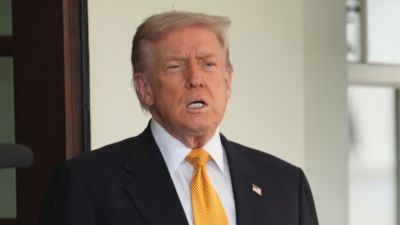RBI lax about currency note dimensions: Activists
Malkar and Abhyankar cited the 2010 Parliamentary committee report about Security Printing and Miniting Corporation of India which had passed strictures on the way printing of notes were taken up.
While the problem of counterfeit currency notes seems to be on a rise, Pune-based activists now blame the Reserve Bank of India (RBI) for not adhering to its own standards when it comes to printing currency notes. Addressing the media in Pune, Yamaji Malkar, trustee of Arthakranti Pratishthan, and Ajit Abhyankar of Janvitta Abhiyan said that non-adherence to standards is making it difficult to spot counterfeit notes.
Malkar and Abhyankar cited the 2010 Parliamentary committee report about Security Printing and Miniting Corporation of India which had passed strictures on the way printing of notes were taken up. “The report had pointed out that the government had outsourced printing of Rs 1 lakh crore notes of Rs 500 and Rs 1000 denominations to Germany, US and England. The committee had taken objection to it and said that it was not a wise practice,” Malkar said.
Abhyankar said that although cash handling officers of banks impound currency notes, only four authorities are supposed to do so by law. “They are the technical expert of the currency note press, the director and chief scientists of Forensic Laboratory of India, government examiner of questioned documents and state examiners of questioned documents,” he said.
However, in practice, this is not done most of the time. Even during its disposition before the parliamentary committee, the RBI had said that the responsibility of detection of counterfeit notes lies with the Home ministry. At present, both the activists said that there are three kinds of notes in circulation.
“The first type of notes are thosev which confirm to the set standards, the second ones are those which are fake, while the third ones are ambiguous. These notes differ from the set guidelines of RBI, but the apex bank is yet to take any decision on it,” they said.







